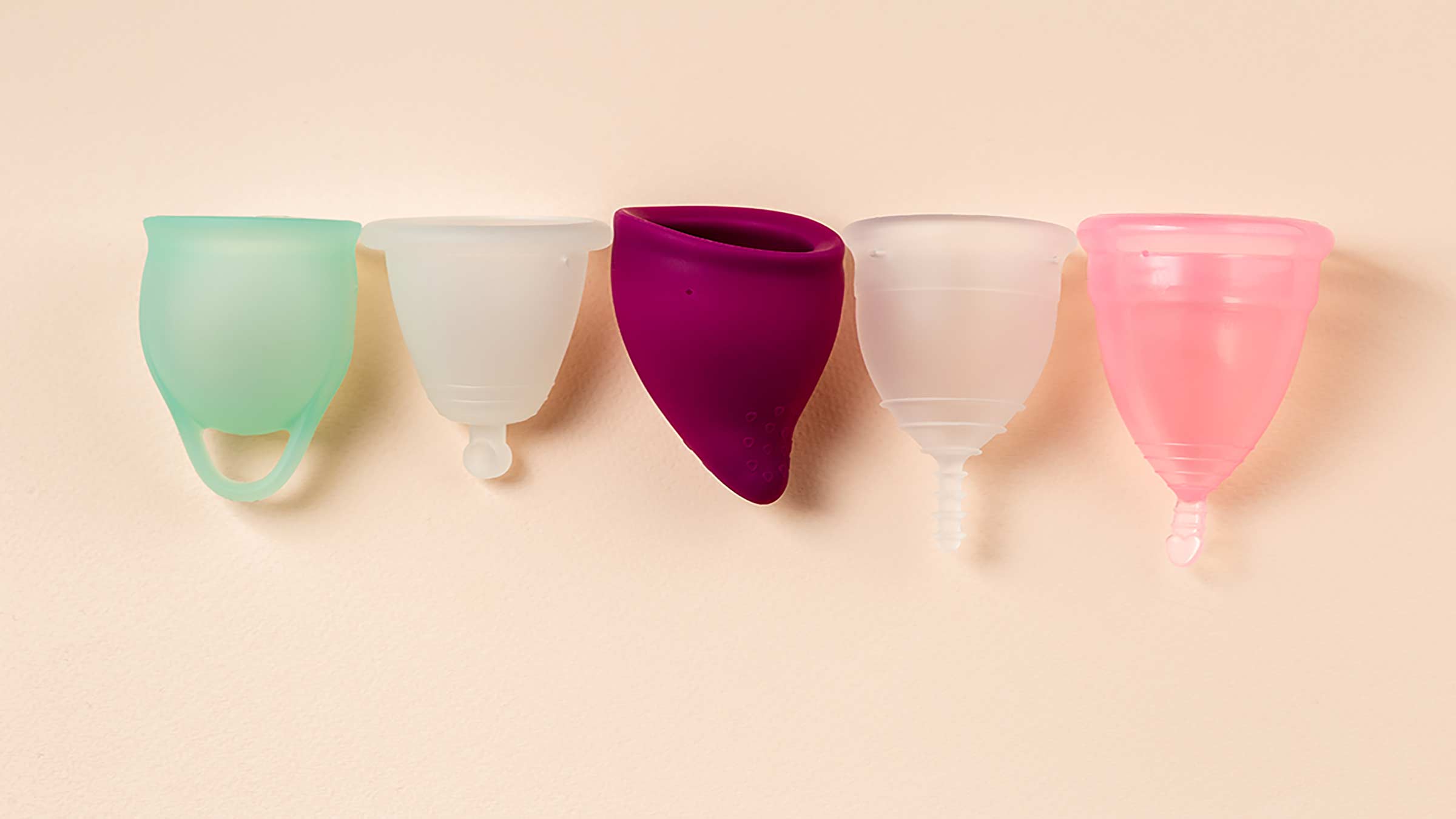
One trend circulating on social media claims that couples can use menstrual cups as a tool to help them conceive.
Menstrual cups have gained popularity in the last few years as an environmentally friendly alternative to pads and tampons. The cups, which are made from materials including silicone, natural rubber, latex or thermoplastic elastomers, are inserted and then used to collect blood flow. The cup is then emptied periodically throughout the duration of a menstrual cycle and re-inserted.
But some people have used the cups for fertility purposes and become pregnant, and they swear by the results.
How should couples use a menstrual cup to help them conceive?
If a couple is trying to become pregnant, they can have intercourse and then directly after, place a menstrual cup in the vagina. Leave the cup in for several hours — up to 12 hours, per device guidelines.
Alternatively, semen can be ejaculated into the cup, then the cup can be inserted into the vagina.
While some people also try positioning themselves in certain ways, such as lying on their back hugging their knees, or even headstands, it’s not necessary.
Does it actually work?
It’s possible using a menstrual cup can help, but there’s no evidence that it does. Theoretically, it could help because it would keep the sperm close to the cervix. The sperm are in place to make the trip through the cervix, into the uterus and eventually to the egg in the fallopian tube for fertilization. Sperm can live in the uterus for several days.
Does this method help people get pregnant faster?
After reviewing medical literature, there’s no high-quality data about menstrual cups aiding conception.
There is anecdotal evidence that couples have used this method and think that it has helped, but there are no large studies proving higher rates of pregnancy with a menstrual cup vs. without one, or quicker time to conception. The best way to become pregnant faster is to monitor cycles, be aware of ovulation timing (with a fertility app or home ovulation predictor kits) and have sex at the right time just before ovulation.
What are some of the drawbacks of couples using a menstrual cup to help them conceive?
The main risks would be potential irritation or infection related to the cup use. It’s possible it can disrupt the normal vaginal flora and cause a yeast or bacterial vaginosis infection.
Toxic shock syndrome is a very, very rare but serious infection that can occur from extended use of a menstrual cup (though more often associated with tampon use). A menstrual cup should not be left in for more than 12 hours.
The other drawback of this method could be just the stress of having to do another task in order to achieve pregnancy. Using the menstrual cup isn’t necessary to conceive (just like laying on your back for a certain time after sex or having sex in a certain position aren’t necessary steps). This extra task could feel stressful or cumbersome.
Will using a menstrual cup method mitigate infertility issues?
I wouldn’t want a couple to try using a menstrual cup instead of seeking evaluation by a doctor, if they’re facing infertility issues. Menstrual cups are not a treatment for infertility.
Your gynecologist can work with you to evaluate cycles, obstetric and gynecologic history, and check hormone levels if needed, as well as a semen analysis. Many infertility cases don’t have an identified cause.
If you’re under 35 years of age and have been trying for a year, it may be time seek out a fertility specialist. If you’re over 35 and have been trying for six months without luck, you should seek out a fertility specialist or reproductive endocrinologist to run additional tests.

Join the family of Buckeye Babies
Learn about obstetrics and gynecology services from central Ohio's most experienced team.
Get started




